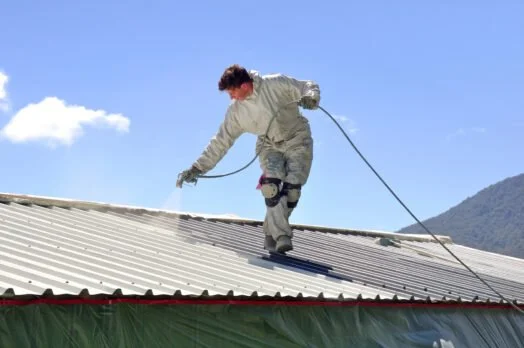White Roofs Can Help Cool Our Warming Cities
SMART CITIES, CONSERVATION NOVEMBER 7, 2023
This past summer was both the hottest one on record and predicted to be the coolest one in our future. So it’s crucial to find solutions to help us adapt to this new reality.
People living in cities are most vulnerable. Heat is amplified in urban heat islands where roads, pavement and buildings absorb and retain heat, and then release it back into the air, well into the night. Nine U.S. cities – New York, Houston, Los Angeles, Dallas, Chicago, San Antonio, San Diego, Phoenix and Detroit – have experienced temperature increases of 8°F or higher, according to Climate Central.
Adapting to our rapidly warming cities requires a range of solutions. The good news is there is some relief from the heat through some simple and time-tested ideas, like planting shade trees and cooling our roofs.
Light-colored roofs reflect more sunlight and absorb less heat than dark-colored roofs so they keep buildings cooler. A white roof that reflects 80% of sunlight will stay about 55°F cooler than a gray one that reflects only 20% of sunlight. This saves energy by reducing the need for air conditioning and also lowers the temperature of the air outside of the buildings.
Source: Heat Island Group, Lawrence Berkeley National Laboratory
Barcelona is the latest city to seek a climate-friendly makeover. Scientists are proposing to paint the city’s rooftops white to combat the heat island effect and mitigate the effects of the intensifying and deadly heat waves.
To help with this effort, Purdue University scientists have developed an incredibly white paint that may eliminate the necessity for air conditioning and contribute to combating climate change.
Cool roofs are a low-tech but high-impact strategy to adapt to extreme heat. By reducing the need for air conditioning, cool roofs can lead to significant cost and energy savings, especially in hot climates where air conditioning demands are the highest. Through policy initiatives, incentives, and continued research and development, cool roofs could help make the world not just a cooler place, but a greener one too.
Learn more about cool roofs @ EPA


